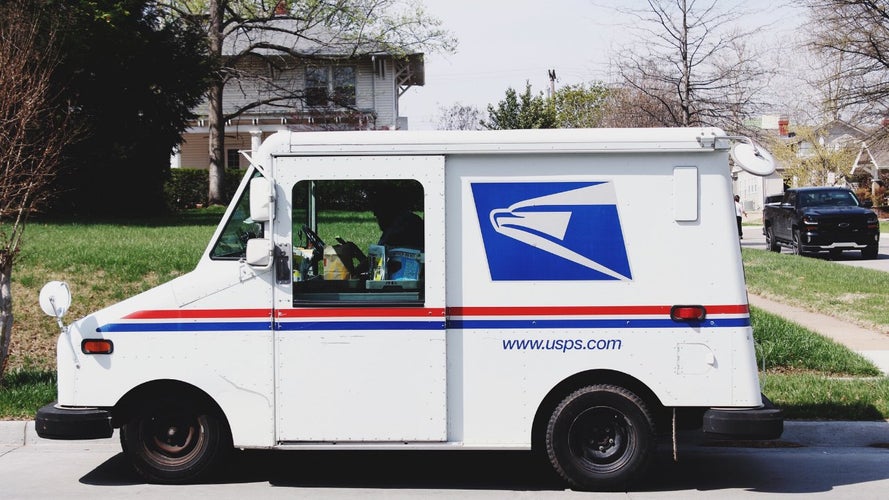We’ve all heard about it recently, the supply chain this, the supply chain that — but should we really worry? I mean, there’s been supply issues throughout the whole pandemic, is this one much different? And what even is the supply chain?
Let’s start with the basics. The supply chain is “a network between a company and its suppliers to produce and distribute a specific product to the final buyer.” Basically, it’s how things get from the factories to your pockets. Even if you don’t realize it, the supply chain impacts you each day of your life.
The biggest issues facing the supply chain right now are:
Material Scarcity
This has been a problem throughout the pandemic, with raw materials facing the same supply issues as other parts of the industry, but there’s also issues with getting materials due to changes in locations of factories and a decrease in available labor (which we’ll get to later!). I’ve seen this personally, with replacement parts for washers and dryers being especially difficult to hunt down.
Increasing Freight Prices
Since many people are still working from home, it’s easier and safer to order things right to your door. The motivation to leave the house after the workday to run an errand is low when you’re not leaving the house for much else anyway. Because of this increase in shipping quantity, space on freights is getting more and more expensive, furthering the issue of getting things to where they need to be efficiently and effectively while keeping costs low. This issue has pushed retailers like Walmart to charter their own ships in order to keep up with demand and bring their shipping in-house. If you use retailers like Amazon, who own their entire transportation model, you may not have noticed the same issues that are popping up with companies who use third-party services. This also means that small businesses will struggle extra hard this holiday season to get materials they need for their own products (which is all the more reason to support them where you can and order early!).
Difficult Demand Forecasting
Because it is such a mix of coming back into “normal” life and still wanting to protect yourself, it is more difficult now than ever to predict how many people may want a product. Additionally, with necessary products like toilet paper, cleaners, and food, we are starting to see more panic buying, changing the normal demand drastically. Panic buying is happening in a cycle: there are some supply chain issues, so people begin to panic buy more items to feel secure, and this exacerbates the supply chain issue.
Port congestion
This part can be hard to understand without some background, but to sum it up: cargo ships are often crossing many international borders as they pick goods up and deliver them. Because of this, legal difficulties arise that make it hard to unload things in a timely manner. Ports want to know who is coming from where and with what, and crews don’t always have this information. To learn more about this, there is a really good 99% Invisible podcast about this topic.
Changing customer attitudes
Right now we are seeing a big shift in attitudes towards environmentalism, aesthetics, and products that we feel good about buying. This large-scale shift means that for companies to continue to appeal to their buyers, they may need to change their messages, packaging and ingredients quickly to adapt to changing consumer preferences. This is hard enough to do at any time, but breakdowns in the supply chain make it even harder to respond to consumer social demands.
Digital transformation
Right now, we see many companies trying to use advanced technology to improve their ordering, processing, creating, packaging and shipping phases. While this shift to better technical systems will improve things in the long-run, the sharp increase in online orders, as opposed to in-store purchases, has led many people to implement too many of these at once, creating more inefficiencies.
Staffing issues
You may have seen more recently businesses like restaurants struggling with a lack of labor. This labor shortage extends to the supply chain as well. While this is often framed as a laze issue, I want to look at this quite differently.
To start, over 5 million people have died from COVID-19 all over the world. In the United States alone, 751,000 people have died from COVID-19. And beyond that, there is an immeasurable amount of people suffering from long-term effects of having the virus or mental health effects from the isolation of the pandemic. This means that the available labor force itself has decreased significantly, especially when you take into consideration who is more likely to contract the virus.
Because of how many people died and how many accommodations were allowed during lockdowns, people are realizing their power as a worker. The great resignation that is currently happening is an accumulation of this realization of power, the overworking of many throughout the pandemic, poor working conditions, and rising inflation without raising wages (inflation is currently at 5.3%, the highest it’s been in years, increasing drastically from 1.4% in January 2021).
Beyond this, when so many people were laid off at the beginning of the pandemic, they were forced to go through their savings from years of work. While people want to go back to work, there is a need for larger compensation to make up for this loss, which many companies are not keen to give.
What does this mean for the holidays?
This is becoming such a national story right now because of all the coverage on the great resignation, as well as the upcoming holiday season. I’ve heard all things from no more popular holiday presents after Black Friday to no worries until closer to Christmas.
It’s hard to say whether or not it should be a concern. I always say to err on the side of caution if holiday gifts are a big deal for you or your loved ones. At this point, if it isn’t a real concern, panic buying may make it one anyway.
The compilation of these supply chain issues is expected to raise prices for the holiday gift items that are available, just because of supply and demand. This likely means Black Friday discounts will be less than normal this year, especially on apparel because of lockdowns in Vietnam and how much Vietnam provides for our love of fast fashion.
Overall, if you or your family are big on gifts, this year is the year to budget and start early. You may need to be flexible with what to give people, so having that wiggle room will benefit you greatly. Additionally, if you do find that must-have item, you’ll be pulling out more cash than anticipated. If you are opting to shop small (yay!), give these businesses ample time to deal with the influx of orders, so try and beat the Black Friday rush.
This is a great time to embrace homemade gifts or experiences as gifts. It’s hard in the pandemic with the uncertainty of large events, but a massage, movie tickets, museum date, or personalized video will all be more reliable this year (and also more heartfelt!). Really embrace the gift-giving spirit you had as a kid with hand-written notes and creativity.






